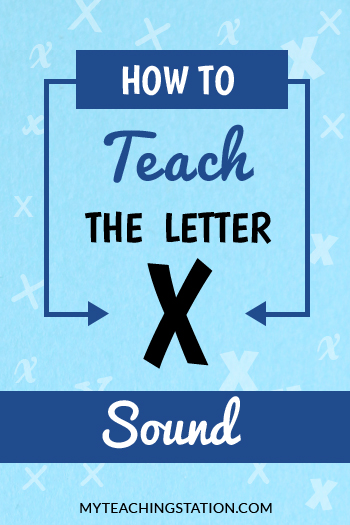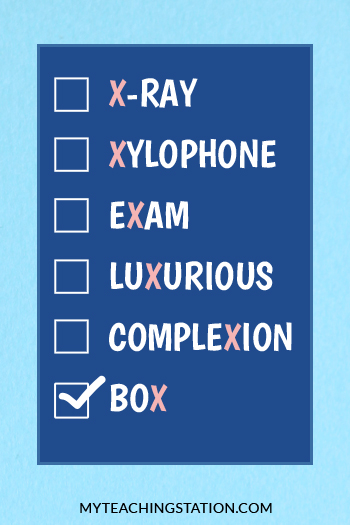

The early years of life are a time for immense growth as children are brimming with curiosity and eagerness. As with all foundational skills, learning the alphabet is a critical determinant of a child's literacy development and effective communication.
When teaching the letters of the alphabet, the frequent question emerges: How do I teach the letter X sound?
Introducing the letter X poses multiple difficulties because:
- The letter X has various sounds.
- The typical sound /ks/ generally falls in the middle or the end of a word.
- The regular use of the letter X has two parts to its pronunciation - the combination of the /k/ and /s/ sounds.
- The letter X sound is unique along with its counterparts: /qu/, /y/ and /z/.
For these reasons, educators find the introduction of the letter X challenging.
Guideline for Introducing the Letter X Sound
First, let's examine the different sounds the letter X can make.
- /ks/ as in the word box (the most familiar sound).
- /gz/ as in the word exam.
Also, the letter X can make the following unique sounds:
- /z/ as in the word xylophone (often located at the beginning of a word)
- /g/ follow by /zh/ as in the word luxurious.
- /k/ follow by /sh/ as in the word complexion.
- /e/ follow by /ks/ as in the word x-ray.
Children typically learn letter sounds at the beginning of a word more easily than in any other position. In the English language, few words begin with the letter X, and they commonly have the /z/ sound instead of /ks/ sound. The general words used are x-ray and xylophone. These examples present two primary challenges:
- These sounds fall into the rare category of sounds for the letter X. By learning the most frequent sound of every letter first, children quickly familiarize with words they currently use to communicate.
- The sound of X in x-ray is pronounced /e/ follow by /ks/, and in xylophone is pronounced /z/. These are completely different sounds, causing confusion in the mind of an emerging reader.
For this reason, the letter X should be taught using the ending sound position first as in the word box, fox, fix, ox, and ax.
Also, the letter X sound should be the last letter of the alphabet introduced. Ending letter sounds are best introduced after children are familiar with the beginning letter sounds.
Hence, by leaving the letter X as the final letter to teach, you organize ending sounds for all words in sequence. This letter progression replaces the learning frustration of challenging and unusual letter sounds with an enjoyable process of clarity and understanding that creates learning momentum.
The Learning the Alphabet Workbook Series uses this concept and method for introducing the letter X sound.
Don't be afraid of teaching the letter X. In the end, it can be a rewarding experience when using the right tools, methods, and techniques.
Happy Teaching!





